#grimm eyes
Text

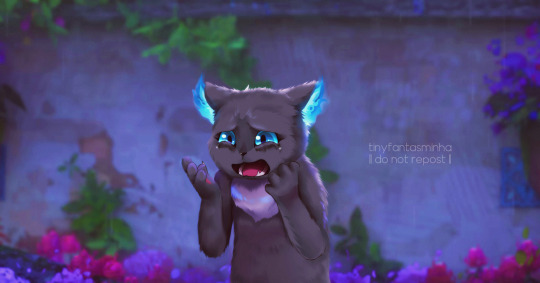
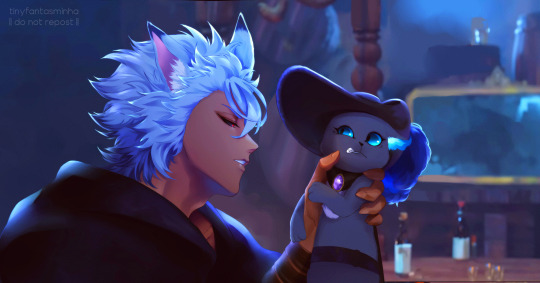

Who is your favorite fearless hero 🐱
Guys im being so serious Puss in Boots the Last Wish became one of my comfort movies so fast SOBS
I could easily picture Grim in Puss' position through the whole movie so I had this idea! It's just perfect lol. And who else could Death/Lobo be. You had it coming
(And an actor AU as a complementary:)
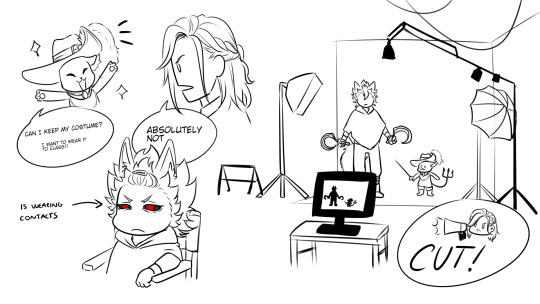
#twisted wonderland#twst fanart#twst au#twst grim#twst grimm#jack howl#vil schoenheit#twst lucius#guys we did it jack is finally brazilian#jack hates wearing contacts his eyes sting#lucius got bribed with tuna. grim got bribed bc they said he'd receive more tuna than lucius would#(trein is supervising lucius on the stage and he films with his own old early 2000s camera like a proud dad)#i made these in may/june and i took so long to post bc i wanted to draw one more scene but i couldn't decide which one so uuHHH i gave up#I WANTED TO DRAW ANOTHER JACK SCENE FOR SURE SOBS#myart
7K notes
·
View notes
Text
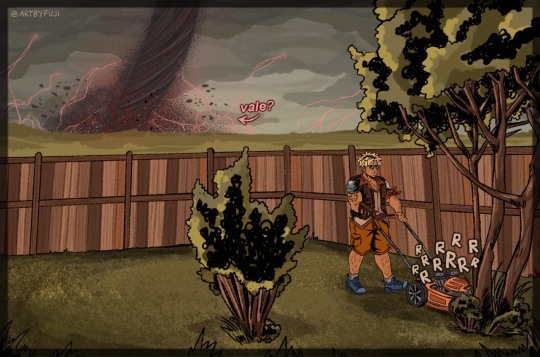
near collapse of society but still taiyang's lawn must be mowed.
#rwby#strq#taiyang xiao long#my art#grimm sharknado may have touched down in vale but stop worryinggggg he's keeping an eye on ittttttt.#nothing gets between a 45 year old walmart clothing section dad and his lawn mower 😤#only take away from the epilogue sorryyy. not really. i get silly with it. might draw the smiling qrow & raven moment as well.
1K notes
·
View notes
Text
“Baz’s eyes are usually the kind of grey that happen when you mix dark blue and dark green together. Deep-water grey.”
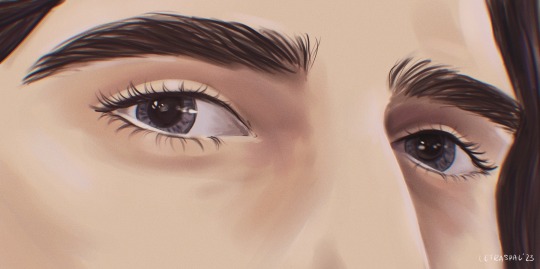
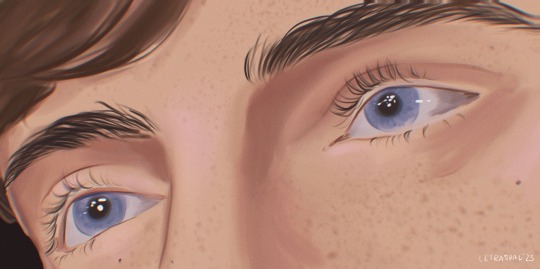
“There’s nothing remarkable about Snow’s eyes. They’re a standard size and shape. A little pouchy. And his eyelashes are stubby and dark brown. His eyes aren’t even a remarkable colour. Just blue.”
#memorizing in highly detail your nemesis eyes#just enemies stuff 🫦#old WIP that FINALLY came out to life#i need a vacation#this week has been exhausting (physically#anyway#I ADORE THESE QUOTES#simon snow#snowbaz#baz pitch#fanart#letraspal#carry on#illustration#book characters#carry on fanart#rainbow rowell#Carry on quotes#tyrannus basilton grimm pitch#simon snow salisbury
962 notes
·
View notes
Text

Tide and Bone scribbles
#my art#lavabean art#circle of tide and bone#circle of tide and bone spoilers#candela obscura#candela obscura spoilers#cosmo grimm#oscar grimm#Oscar being dapper#cordelia glask#the great maw#aka Scary Beyond All Reason#rajan savarimuthu#elsie roberts#rajan x Elsie#I'm just a sucker for the battlefield back to back pose#candela scribbles#rajan has a Bug eye because i said so
178 notes
·
View notes
Text
hey chat. heard we're making chil edits.
#✮ grimm rambles#i combat your silly edits with my chil not strong enough propaganda#watermark is for another social... side eye#dungeon meshi spoilers#delicious in dungeon#dungeon meshi#chilchuck#chilchuck tims
81 notes
·
View notes
Text

explodes him in the michael wave
#peskyscribbles#hollow knight#grimm troupe#troupe master grimm#grimm#grimm hk#hollow knight fanart#I died more to NKG then the fucking radiance and when I beat him my eyes watered :|#he is like a wet plastic bag to me
2K notes
·
View notes
Text
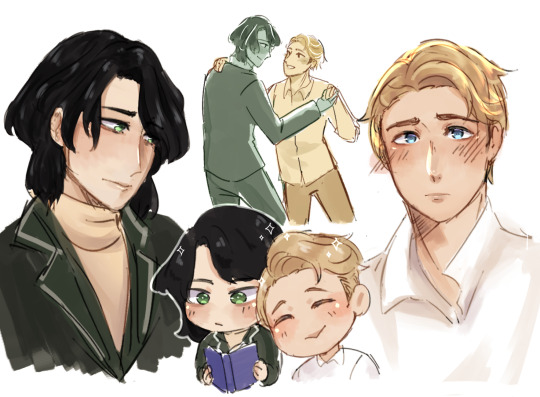
still thinking about the snowbaz designs in the fangirl manga
#my art#very based of cath to give baz green eyes actually#also?? baz is so skrunkly in the manga/comic??? everyone go read it#he's very blorbo material lmao#def enjoy simon's copper curls more tho!#carry on#snowbaz#simon snow#simon snow series#carry on fanart#fangirl#rainbow rowell#tyrannus basilton grimm pitch#also long time no see carry on fandom ahaha
204 notes
·
View notes
Text
the more i think about it the more convinced i am that dust is a grimm thing
first: dust predates the moonfall.

in a setting where it’s been very firmly established that a) dust is a naturally-occurring magical crystal that grows on the surface in formations like this, and b) the present-day land of darkness is still very rich in dust, the most plausible explanation for what these luminous crystalline structures in dark’s domain are is dust. it’s identical to the stuff salem used to make monstra fly, too.
second: grimm can and DO use dust.
our most notable example here is the geist in V7, which is a) overtly shown to incorporate dust ore into its armor body, and b) not under salem’s control [ergo this is natural behavior]. and of course there’s monstra, which uses dust to fly—salem’s handiwork, yes, but it means that the magical properties of dust can be activated by grimm.
bearing that in mind, consider the ice-encrusted grimm of solitas. grimm aren’t cold-resistant by nature, but they’ve adapted to the harsh polar conditions… somehow. the mechanism of this adaptation is, in-universe, unknown; we can infer that it is probably not an evolutionary process because grimm do not breed. but: solitas is rich in dust, and—well

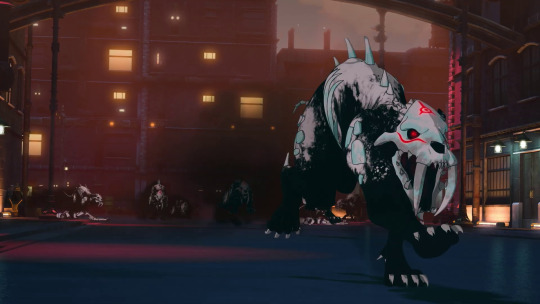
when hazel slams raw dust crystals into his body, it sort of—fuses with his flesh in some way; in particular note the pebbles sprouting around his right shoulder. so when the mysteriously cold-hardy grimm of solitas are encrusted with frost… you see what i’m getting at? i think their resistance to the cold derives from dust.
we have several examples of grimm (the feilong, the sphinx, the leviathan) breathing blasts of energy which happen to be identical to the energy blasts fired by cordovin’s mech’s dust canon. which might be a budget-conscious design choice, sure, but it’s also a similarity that can be explained quite simply by concluding that it looks the same because it is the same, that these grimm swallow dust and weaponize it just as people do.
third: you can’t walk ten steps in the land of darkness without hitting a massive formation of natural gravity dust. the lancers in V5 appear to be nesting around the huge gravity dust formations keeping those islands afloat over lake matsu (note the queen lancer seemingly in a dormant state before she’s woken up by the jostling). the mine in V7 is crawling with grimm who, like the queen lancer, appear to have been in a dormant state until they were roused by the geist scuffle.
so there is an apparent correlation between places where the grimm live—not hunting territories, but places where they just are—and the presence of enormous quantities of naturally-occurring dust. and we know, thanks to the lost fable, that dust grew around the pool of grimm in an era when humans did not need dust to perform magic. and of course, dark identifies magic as his gift to humanity.
(although i will point out that dust is described as an energy propellant and in modern practice people do magic with it by channeling aura through it; thus while ancient humans had innate magical ability, i don’t think it’s out of the realm of possibility that they might also have used dust, not as a power source but as an amplifier. that ozma topped his staff with some sort of crystal and seems to have done all his magic through the staff in contrast to salem [<- presumably self-taught] slinging magic around with her hands is interesting.)
so…
if dust existed before the moonfall, the questions of where it came from, what it is, and how it came to be are moot; one of the brothers had to have created it and because it’s growing in dark’s domain we can be certain that it’s his thing, especially because he’s also the brother who gave ancient humans innate magic and dust is thus obviously in his wheelhouse.
but: why?
ancient humans didn’t need dust, because he gave them magic.
what happens to the grimm in a world where every single person has magical power akin to the maidens? they die. humans, not grimm, were the dominant form of life on the planet during this era, because humans had magic. “kings and their kingdoms were plentiful.” in a contest between a human with maiden-level magical power and an ordinary grimm, the grimm is going to lose. we’ve seen cinder blast through four layers of reinforced steel with a single fireball effortlessly! you can kill a grimm by hitting it really hard with a stick!!
the grimm were, at least according to myth, dark’s first creations and he cared for them. in ‘the two brothers’ his staunch refusal to eliminate the grimm is the central point of contention that brings him into conflict with his brother, and the history laid out in V9 supports that characterization; he refused to unmake the jabberwalker, too. it follows that dark would have wanted the grimm to have a fighting chance against ancient, magically-powerful humans.
hence, dust.
it wouldn’t give the grimm an overpowering advantage, but it would be enough to balance the scales… and of course any grimm who did survive long enough to grow to massive size, empowered by dust, would pose a serious threat to ancient humans, magic or no. it grows in grimm territory because it was meant for them, originally.
dust is a grimm thing that humans adopted.
#something about salem referring to dust as ''nature’s wrath''#something about ''man born from dust''#something about how humanity’s revival is narratively intertwined with salem’s transformation#''trust the way we’re made'' and it’s ruby whirled around by grimm hands. ''we’re the same you and me'' and it’s salem#silver eyes and death and the grimm and salem who can’t die#''maybe there’s something you’re not seeing''#the grimm were abandoned too.
91 notes
·
View notes
Text

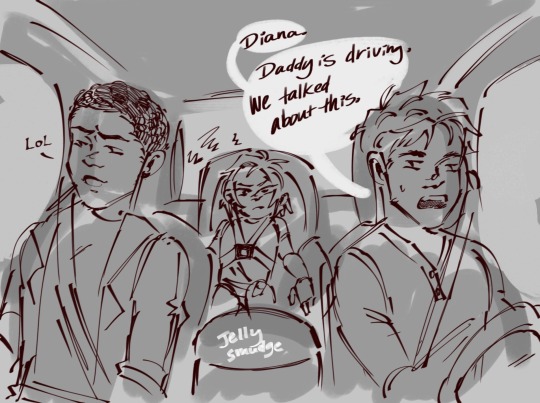

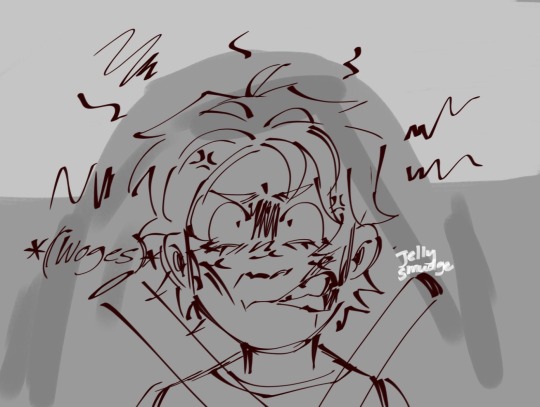
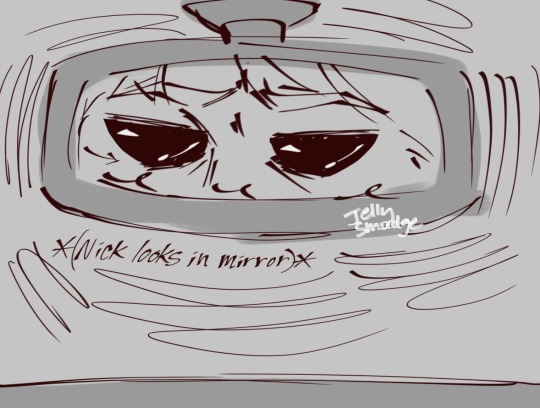
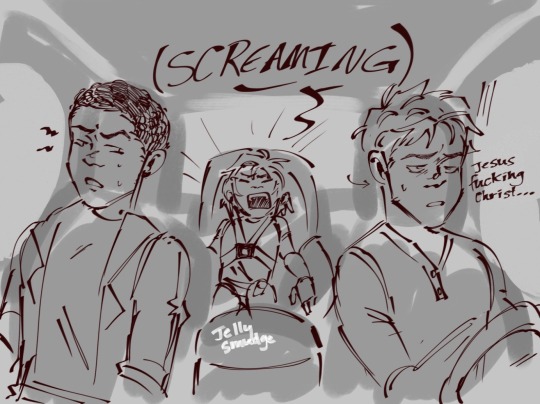
More of this AU! I drew this rlly bad comic like, months ago lol.
I think that Diana seeing Nicks black eyes would be their equivalent of your dad jumping out and scaring you, except he isn’t even doing in on purpose lmao
#this seems like it would be a common occurance#every time she woges he tries to avert his eyes because he knows she’ll start bouncing off the walls#hank: wtf is going on in here on this day#grimm nbc#nick burkhardt#grimm#digitalart#procreate#digital drawing#procreate drawing#procreate art#drawing#hank griffin#diana schade renard#nbc grimm#grimm nbc fanart
57 notes
·
View notes
Text

VOTED MOST TOXIC BISEXUAL IN THE OFFICE! (real tough competition too)
#ian grimm#mythic quest#my feelings regarding him need to be put into a boiling couldron for 27 hours before being deciphered#lore dec#'how do you know he's bi' his everyday outfit contains rings on each finger and combat boots.#actually nobody in the entire office would even bat an eye if they saw him with a man#also he only fucks dudes who look Exactly like him
61 notes
·
View notes
Text
“non paragonarmi a una bitch così”
Tuta gold — Mahmood
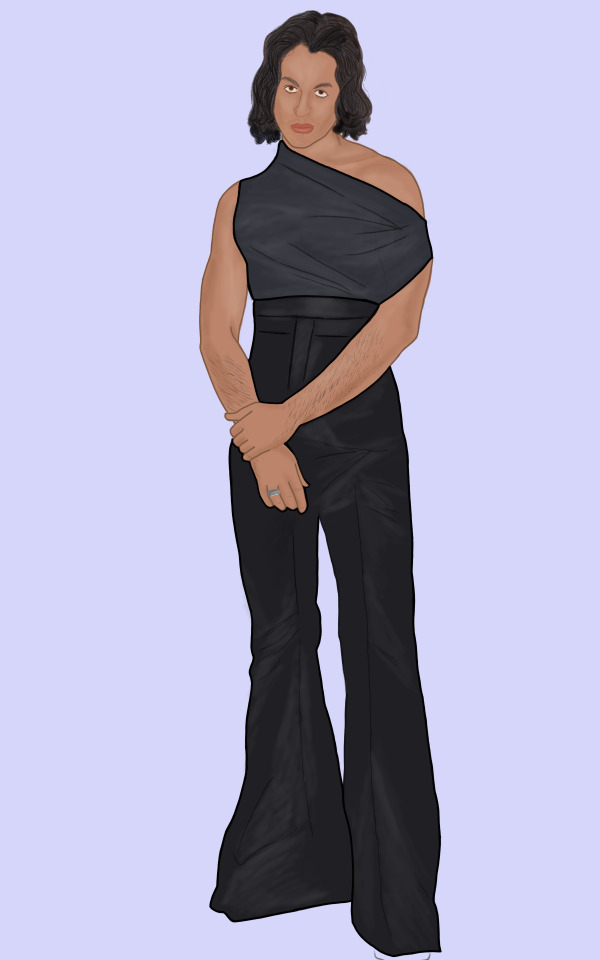
reference — the moment I saw it I thought “someone needs to draw Baz in this” and then I realised... I could do that.
#this is for my brown eyes truthers#i am so proud of this#especially because i thought i would have to leave the colours super flat#because i don't actually know how to colour#but then i miraculously figured out how to do some shading#so this is incredible for my standards and my skills#baz pitch#tyrannus basilton grimm pitch#baz grimm pitch#my art
45 notes
·
View notes
Text
The next section of Cinderella Tales from Around the World is devoted to a lesser-known Cinderella subtype: One-Eye, Two-Eyes, Three-Eyes.
*The most famous tale of this type is the German version from the Brothers Grimm. To summarize:
**A woman has three daughters, each with a different number of eyes: One-Eye, Two-Eyes, and Three-Eyes. The middle sister, Two-Eyes, is hated and abused by her mother and sisters because she's beautiful and normal-looking. (There's no mention of how many eyes the mother has.) Every day she's sent out to pasture the goat, starving because her family only feeds her scraps. But one day she meets a "wise woman" (i.e. a fairy) who instructs her to recite a rhyme, and then her goat will bring her a table covered with food. She does this every day, until her mother notices that she's not eating her scraps anymore. One-Eye goes out to spy on her, but Two-Eyes sings her to sleep. Then Three-Eyes goes out, and again Two-Eyes sings, but in her lullaby she mistakenly sings "Two-Eyes" instead of "Three-Eyes," so only two of her sisters' eyes fall asleep while the third stays awake and sees how she feeds herself. She reports it to the mother, who kills the goat. But the wise woman instructs Two-Eyes to bury the goat's entrails, and when she does, a tree with silver leaves and golden apples grows from the spot. Whenever the mother or sisters try to pick the apples, the branches move out of their reach, but Two-Eyes is allowed to pick them. One day, a handsome young knight rides by, and the mother and sisters hide Two-Eyes under a barrel. But the knight admires the tree and asks for a branch from it, yet neither One-Eye nor Three-Eyes can break one off. Then Two-Eyes rolls some golden apples out from under the barrel, revealing her presence, and gives the knight his branch. The knight wants to reward her, so she asks him to take her away from her cruel family. He takes her to his castle, where the tree magically follows them, and soon afterward they marry. Some time later, One-Eye and Three-Eyes appear at the castle door, now reduced to beggars. Two-Eyes forgives them and takes them in, and her kindness makes them repent their former treatment of her.
*The other tales of this type that Heiner's book features come from France, Scotland, Denmark, Russia, the Czech Republic, India, and the United States.
**There are three French versions: Little Annette, The Golden Pear-Tree, and The Golden Bells.
*** All three include the heroine's ineffectual father, in contrast to the all-female household in the Grimms' version, and in the first and third tales, the wicked women are the heroine's stepmother and stepsisters instead of her birth family.
***In The Golden Bells, the heroine, Florine, is a princess, and her father and wicked stepmother are the king and queen. In Little Annette, the girl's eventual husband is a prince, while in the other two, he's a king.
***None of these versions include the "one-eye, two-eyes, three-eyes" motif either: in Little Annette, the stepmother magically adds an eye to the back of her youngest daughter's head, which stays open while her own eyes sleep, while in the other two the (step)sister just pretends to sleep.
***In all three, the heroine receives her food by tapping a sheep with a magic wand. In Little Annette, the wand is given to her by the Virgin Mary, in The Golden Pear-Tree by a man, and in The Golden Bells by her dying mother at the beginning. Also, rather than personally killing the sheep, the (step)mother pretends to be sick and insists that only eating the sheep's meat will cure her, so the father kills it.
***In Little Annette, the magic tree that grows from the sheep's remains just bears "the most tempting fruit," while in the other two tales, as their titles imply, it respectively bears golden pears and constantly-ringing golden bells.
***The Golden Pear-Tree and The Golden Bells both continue after the heroine's marriage with a plot against her while her husband is away at war. In The Golden Pear-Tree, the heroine gives birth to twins, and her wicked mother-in-law replaces them with two puppies, which causes the king to order his wife executed. Unfortunately, this story only survives as a fragment with no ending, but presumably the heroine escapes somehow and reunites with her husband and children after the truth is revealed. In The Golden Bells, the stepmother throws Florine into a river. But when she does so, the bells on the tree stop ringing, and the king hears this, realizes something is wrong, hurries home, and rescues Florine.
**In the odd Scottish tale of The Sheep's Daughter, the heroine is the king's secret illegitimate daughter, whose mother is a sheep. (Apparently an anthropomorphic one who lives in a house, although the queen is able to order her slaughtered like any other sheep.) The wicked women are the king's wife and legitimate daughters. The king secretly pays regular visits to the sheep and her child, bringing them gifts, until the queen has her two daughters spy on him. The sheep magically sings the first princess to sleep, but accidentally leaves one of the second princess's eyes awake, so the queen learn's what's happening, and has the sheep killed. The heroine buries her mother's bones, then lives alone in their cottage for five years, at which point a prince gives a three-day feast. The heroine's mother rises from her grave, transformed from a sheep into a beautiful princess: she dresses her daughter in finery, and from there on the story becomes Cinderella, with the heroine attending the festival and losing a slipper on the third night, which the prince uses to find her.
**In the Danish Mette Wooden-Hood, the wicked women are again the heroine's stepmother and stepsisters: the stepmother starts out as Mette's seemingly-kind schoolteacher, who of course manipulates her into convincing her father to marry her. Mette's helper is her mother's spirit, who comforts her at her gravesite and summons doves to feed her. But eventually the younger stepsister, who has an extra eye in her neck, learns this, and Mette is locked up so she can't visit the grave anymore. Mette finally manages to run away, however, and her mother's spirit gives her a wooden dress to wear and a box that will grant her wishes when she taps it. From this point on, the story becomes like Donkeyskin or All-Kinds-of-Fur, as Mette becomes a scullery maid at a palace, attends church in magic finery three times, and on the third Sunday loses a shoe.
**In one of the two Russian versions, Little Havroshecka, the heroine is an orphan while the wicked mother and daughters are her foster family, and in other, Burenushka, they're her stepmother and stepsisters: they're also a queen and princesses in the latter. In both of these versions, "One-Eye, Two-Eyes, and Three-Eyes" are the heroine's three wicked stepsisters, in contrast to the Grimms' version where Two-Eyes is the heroine. The animal helper is a cow, who magically spins flax for the heroine in Little Havroshecka, magically feeds her in Burenushka. In the former story, after the cow is killed, a silver tree grows from her remains with golden leaves and crystal apples, which only Havroshecka can pick, while in the latter tale, a berry bush grows on which birds sing, and the birds chase away anyone who tries to pick the berries except for the heroine. Little Havroshecka ends with Havroshecka's marriage, while Burenushka continues with the heroine giving birth to a son, her stepmother turning her into a goose, and her coming back each day to briefly resume human form and suckle her baby, until her husband finds out and breaks the spell by burning the goose skin.
**In the Czech tale of The Girl Who Had a Witch for a Stepmother, "One-Eye, Two-Eyes, and Three-Eyes" are again the heroine's three wicked stepsisters, and the animal helper is again a cow, who spins the heroine's flax for her, as promised by her mother's spirit. After the cow is killed, her remains produce an apple tree and a well full of wine, both of which only the heroine can access. A prince proposes marriage to her as a result, but on their wedding day the stepmother locks her up and sends one of her own daughters disguised in the bridal clothes, cutting her feet to make the shoes fit. But the heroine turns herself into a bird and flies after her prince and stepsister, calling out the truth. Thus she gets her happy ending.
**The Iranian tale of The Story of How Fatima Killed Her Mother and What Came of It, is obviously related closely to the Iranian Cinderella tale shared earlier in the book, The Story of Little Fatima. Once again, we have a heroine named Fatima whom a wicked woman persuades to kill her own mother, and then persuade her father to marry the woman who urged it. But after the stepmother turns abusive and starves her, the mother's forgiving spirit instructs Fatima in a dream to buy a yellow calf, which produces food from its ears. Meanwhile, the stepmother gives birth to two daughters of her own, Four-Eyes and Four-Stumps, who spy on their half-sister when they're old enough and discover her secret. After the calf is killed, the story has various twists and turns that include a "kind and unkind girls" episode, a Cinderella-style lost shoe leading a prince to Fatima, and Four-Stumps murdering and replacing Fatima after she gives birth to a son, only for Fatima to miraculously come back in the end.
**The Indian tale of Lal Badshah, the Red King, or The Two Little Princesses revolves around two sister princesses who are abused by their stepmother. They secretly find food each day on their mother's grave, until their stepmother's cat spies on them and reports it, and the wicked queen manipulates the king first into desecrating the grave, and then into abandoning his daughters in the forest, Hansel and Gretel-style. After many more twists and turns, the two finally live happily ever after, with one princess married to a king and the mother of a son, and her devoted sister by her side.
**Last of all is a Latin American tale called One-Eye, Two-Eyes, and Three-Eyes, where as in the Grimms' tale, Two-Eyes is the heroine abused by her cruel mother and sisters. But otherwise, this is a Cinderella story. A prince gives three balls, and Two-Eyes is forbidden to go; but before the first ball, the prince meets and falls in love with Two-Eyes, so he secretly sends her a coach and finery each night. On the night of the third ball, the mother has Three-Eyes stay home to spy on Two-Eyes, and though two of her eyes fall asleep, her third eye discovers Two-Eyes' secret. The next day, when the prince comes to the house to ask for Two-Eyes' hand in marriage, the mother locks her away and tries to offer him first One-Eye, then Three-Eyes. But of course he rejects them both and finds Two-Eyes in the end.
*It's strange that the Grimms, who normally bowdlerized wicked mothers into stepmothers in their tales, offer one of the very few versions of this tale where the heroine's abusers are her own mother and sisters instead of a stepmother and stepsisters. That said, in their footnotes they do allude to other variants where the heroine is a stepdaughter and her helper is her mother's spirit.
I'm almost finished reading this enormous anthology. After this brief section comes the last set of tales: Cinderella tales that don't fit into any of the usual categories.
@ariel-seagull-wings, @adarkrainbow, @themousefromfantasyland
#cinderella#one-eye two-eyes three-eyes#fairy tale#variations#cinderella tales from around the world#heidi ann heiner#the brothers grimm#tw: animal death#tw: violence#tw: murder#germany#france#scotland#denmark#russia#czech republic#iran#india#the united states
26 notes
·
View notes
Text
Weiss:"…"
Blake:"…"
Yang, used to it:"…"
Weiss:"…So-"
Yang:"We're not talking about it."
Blake:"The fuck you mean we're not talking about this?!"
Yang: "It's nothing that we should bring up."
Blake: "Ruby ate a Beowolf!"
Yang: "That's not really new for her."
Blake: "THAT DOESN'T MAKE IT BETTER!"
#rwby#rwby shitpost#yang xiao long#weiss schnee#blake belladonna#SEW Fuckery#I like the idea of Silver Eyes being Grimm's natural predator. Like they have the natural capabilities to fight Grimm just off rip#gives them a bit more 'divine' feel#but hey#that's just me so ¯\_(ツ)_/¯
23 notes
·
View notes
Text


Every King needs his Queen
#grimmnel#grimmjow jaegerjaquez#nelliel tu odelschwanck#grimmjow x nelliel#delinquent AU#Nel hates fights but she has to keep an eye on Grimm
25 notes
·
View notes
Text

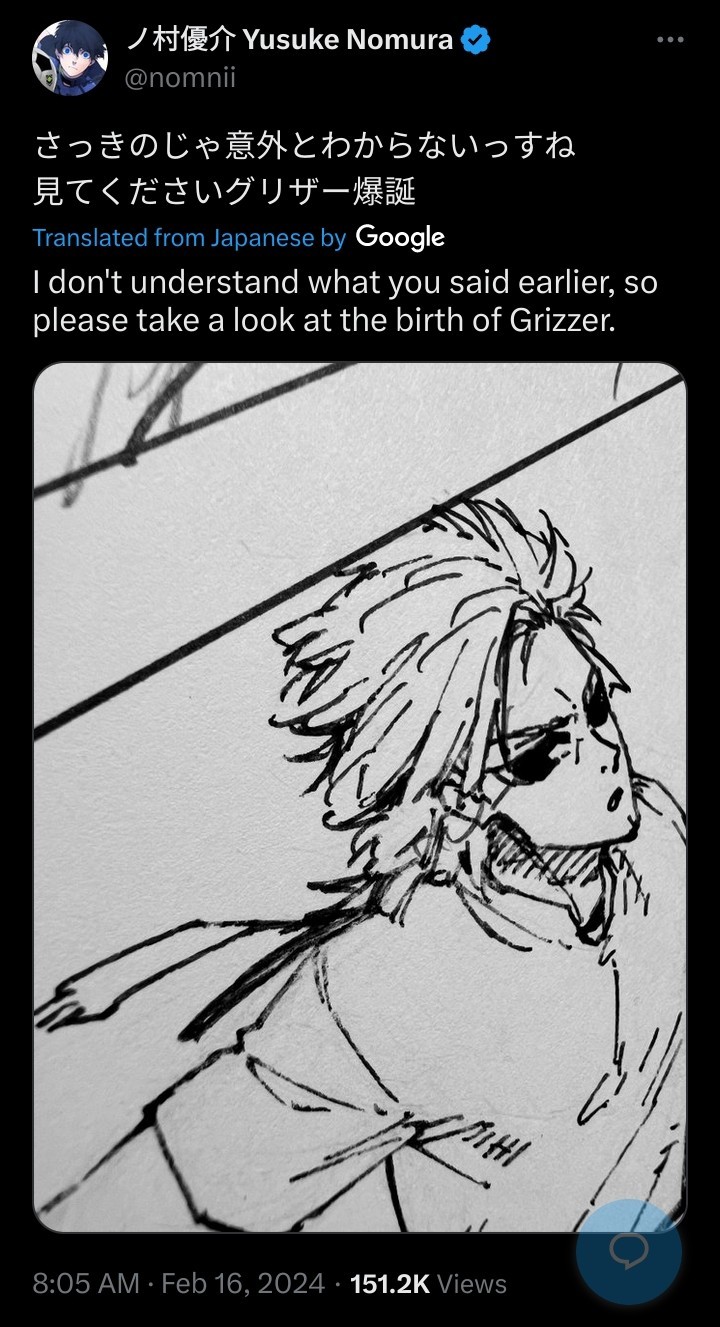
via Nomura-san's twitter 🥲
#kaiser hair with grimm's void eyes and chin cleft: 👌#best character that never was#blue lock#bllk official art#michael kaiser#benedict grimm#grizzer
30 notes
·
View notes
Text




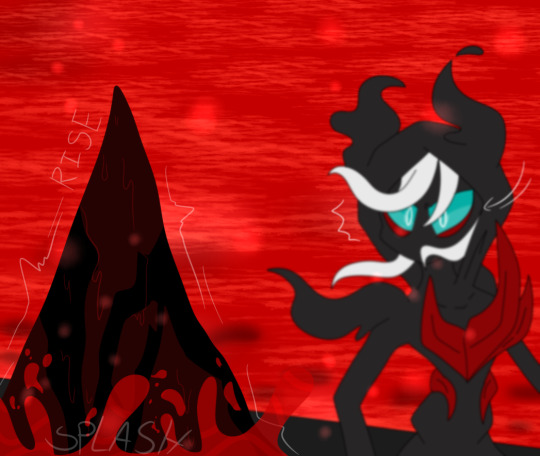
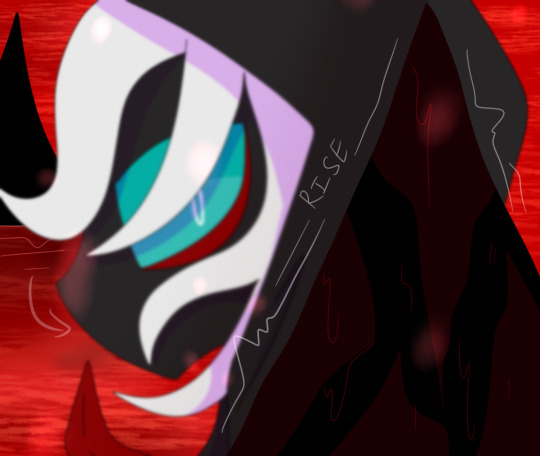
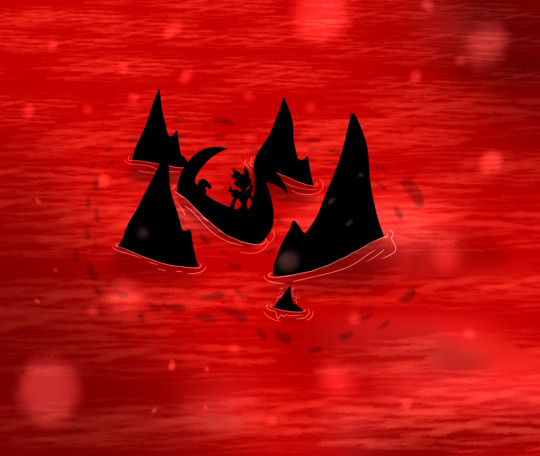
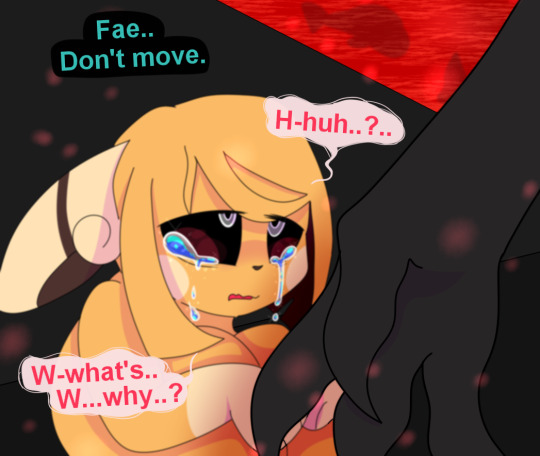


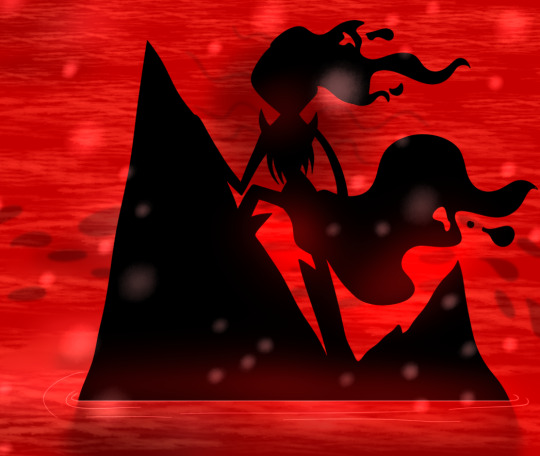
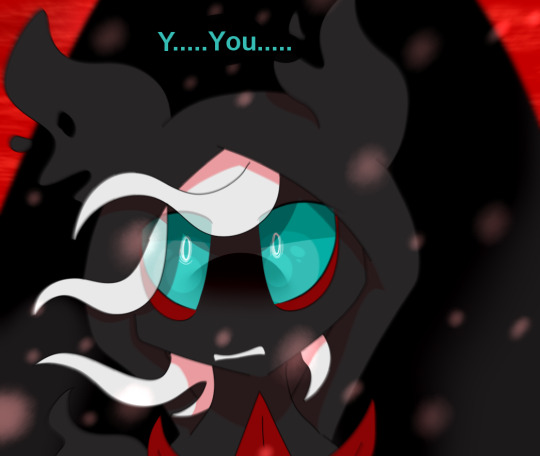

"What's wrong?.... You look like you've seen a ghost, Grimm."
#chrono#Grimm#Flake#sfw#pokemon ask#pokemon ask blog#darkrai#raichu#eye strain#wishiwashi#long post#just the two of us... we could make it if we TRYYYY- just the two of us (just the two of us)
85 notes
·
View notes